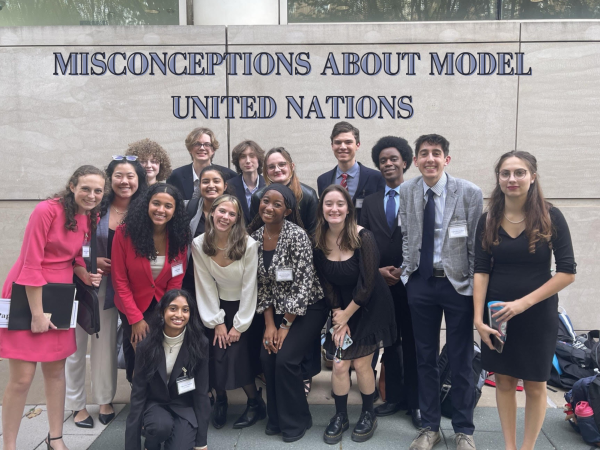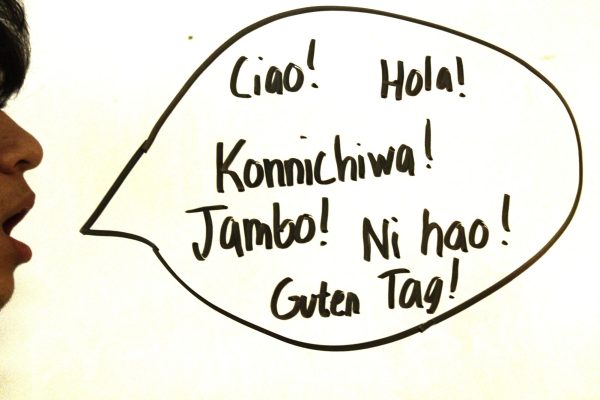Heritage languages more than just talking to grandparents
November 24, 2018
With modern America’s growing diversity, a preference grows for people and potential employees who obtain the ability to speak two or more languages. To endorse the idea of a ‘melting pot’, bilingualism remains on the radar and provides a platform for Americans to reach out to a larger, more diverse group of people and to maintain a cultural identity.
Plenty of Americans attain the opportunity to learn a second language quicker through using a resource that is right in front of them. Americans with foreign parents, grandparents, or other family members have a convenient chance to learn a second language, a language considered a ‘heritage’ language as opposed to a ‘native’ language.
A study conducted in 2016 by Kids Count Data Center shows that 22% of children in the United States spoke a language other than English at home. With an increasing number of immigrants to the U.S. from countries in Latin America, Asia, and Africa, the rates of American-born children growing up in a bilingual household increased as well.
However, a significant amount of Americans and second-generation immigrants growing up in a bilingual household still do not know how to speak their heritage language, or find themselves far from becoming fluent in their heritage language.
“I can speak very basic Vietnamese to my mom, but when it comes to more complex things like navigation and directions, for example, I can’t do that at all,” second-generation Vietnamese junior Alan Ma said.
Parents’ efforts to maintain their heritage language in the minds of their children could potentially become watered down due to the exposure to majority language media, such as television shows, online videos, and books at home. In addition to media exposure, contact and interactions with other children in settings such as school, parks, and daycares result in a focus on speaking the language of the majority: English.
“If I was more exposed to the Vietnamese language at a young age, I probably would have been better off. A lot of my cousins knew Vietnamese completely at first, and now they speak both Vietnamese and English fluently,” Alan Ma said.
To keep a sense of cultural identity within oneself, language remains an important key. Learning and maintaining one’s heritage language will strengthen ties with families overseas, and make it easier to enjoy traditions and cultural customs.
“Learning your heritage language is essential to keeping and maintaining your cultural identity. In America, we’re all just assimilating to the standard ‘American’ culture. It’s seen in a negative light, because you don’t really have much differences or uniqueness to you,” Alan Ma said.
Studies also reveal that learning a second language or maintaining fluency in two languages can improve cognitive skills at a young age and prevent dementia in later years of life. With this in mind, parents should encourage their children to speak their heritage language at home and create various opportunities to help them practice at a constant rate through speaking, reading and writing.
Maintaining a heritage language comes with a string of benefits that affect people from early youth to later adulthood. From obtaining better job opportunities to communicating with a wider variety of people, becoming fluent in a heritage language could provide an outlet to attain a broader perspective of the world.

















